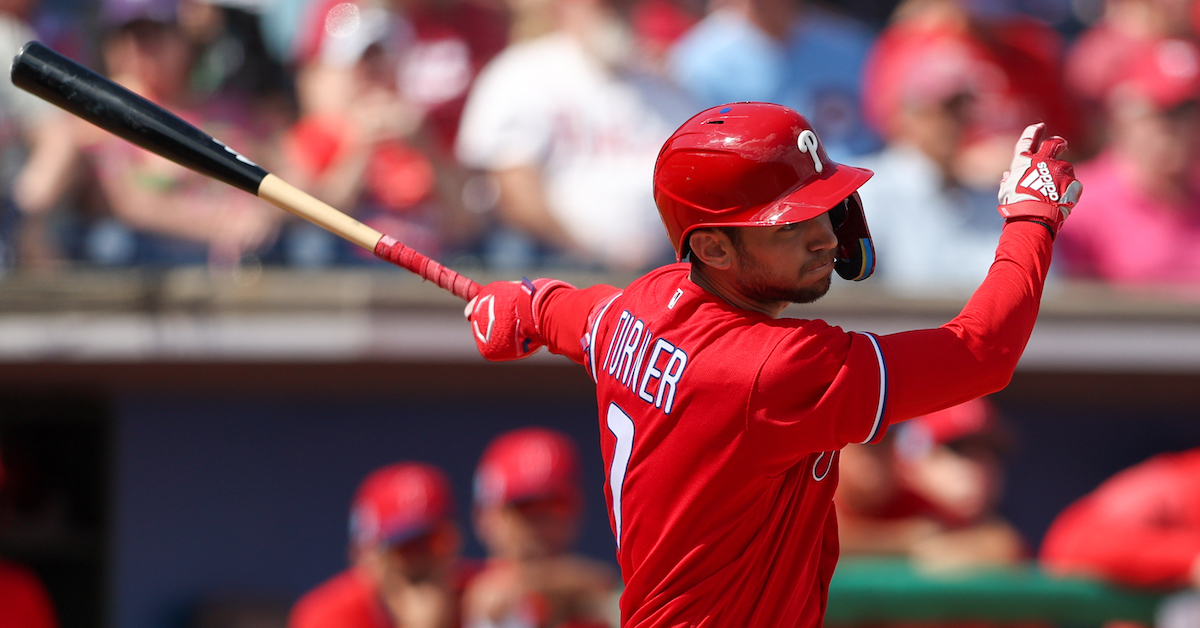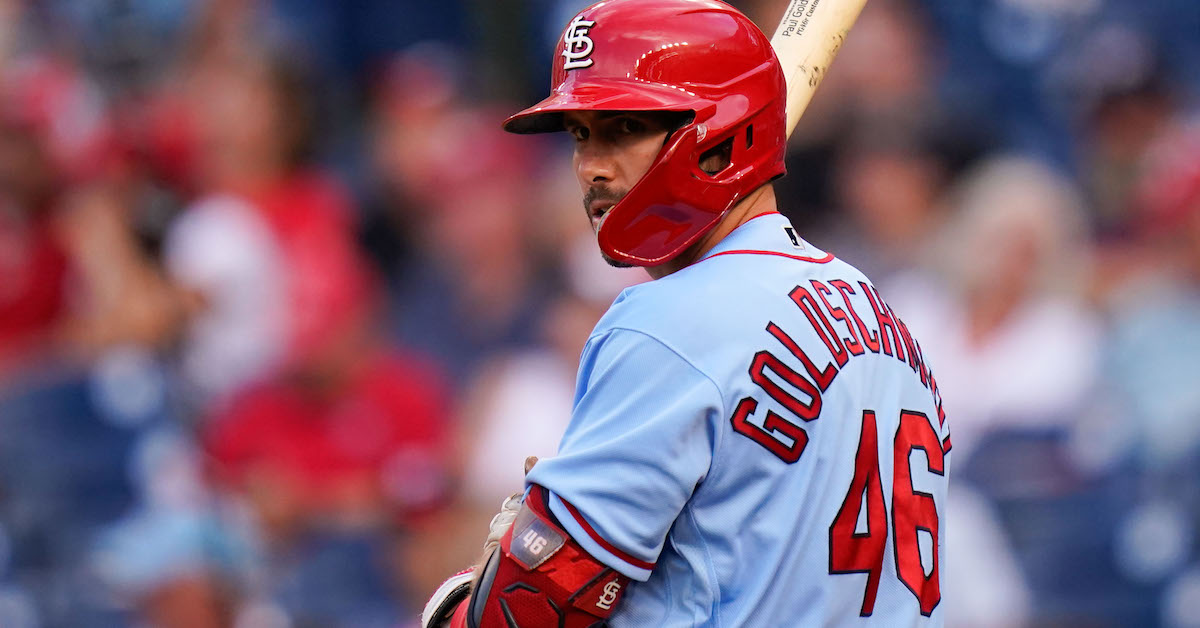Puerto Rico Downs Dominican Republic in Thriller, But Díaz’s Injury Sours the Night

MIAMI – You could hear the airhorns blocks away from LoanDepot Park, and the music, too: salsa, bachata, reggaeton, merengue — all blasting at artillery strike volume, echoing down the nearby residential streets lined with two-story pastel-colored houses and under the soft gray skies of a rainy Wednesday in south Florida. Small throngs of fans — women with their hair colored electric blue and cherry red, men with platinum blond dye jobs to mimic the stars of Team Rubio — became bigger clusters, all pooling around the stadium, taking over adjacent parking lots for impromptu tailgates. Everyone’s back bore the name of an icon of Caribbean baseball: CLEMENTE, GUERRERO, MARTINEZ, MACHADO, BÁEZ, SOTO, LINDOR. Tens of thousands of fans, some of whom had paid up to $400 per ticket on the secondary market just to get in the door, were here for the main event of Pool D in this World Baseball Classic: the win-or-go-home group stage finale between the Dominican Republic and Puerto Rico.
A clarification, first: It’s not accurate to call this event the World Baseball Classic — not here, at least, in Miami, where Latin American teams made up 80% of the pool’s members. (Team Israel probably picked up plenty of excellent Spanish slang in its week-long stay.) No, this was el Mundial, because all week, this hasn’t been a baseball tournament; it’s been a beisbol tournament. Every day featured a good-sized chunk of this city’s large Dominican and Puerto Rican populations setting up shop at the park and spending close to a dozen hours partying and dancing and playing panderetas and güiros and tamboras and those ubiquitous horns. Throughout the week, the west plaza of LoanDepot Park has functioned as a fanfest space, complete with a DJ on a giant stage and access to a team store stocked full of PR and DR shirts and a beer vendor seemingly every 10 feet. Long before each game every day and well past the final out each night, this is where Puerto Rican, Dominican, and Venezuelan fans (and a handful of Nicaraguans, supporting their country that had qualified for the WBC for the first time) met, laughed, crushed 20-ounce Heineken and Stella Artois cans, and celebrated together. This was their tournament, and Wednesday night’s heavyweight prize fight between Pool D’s superpowers was as close as they could get to their own Super Bowl. Read the rest of this entry »







